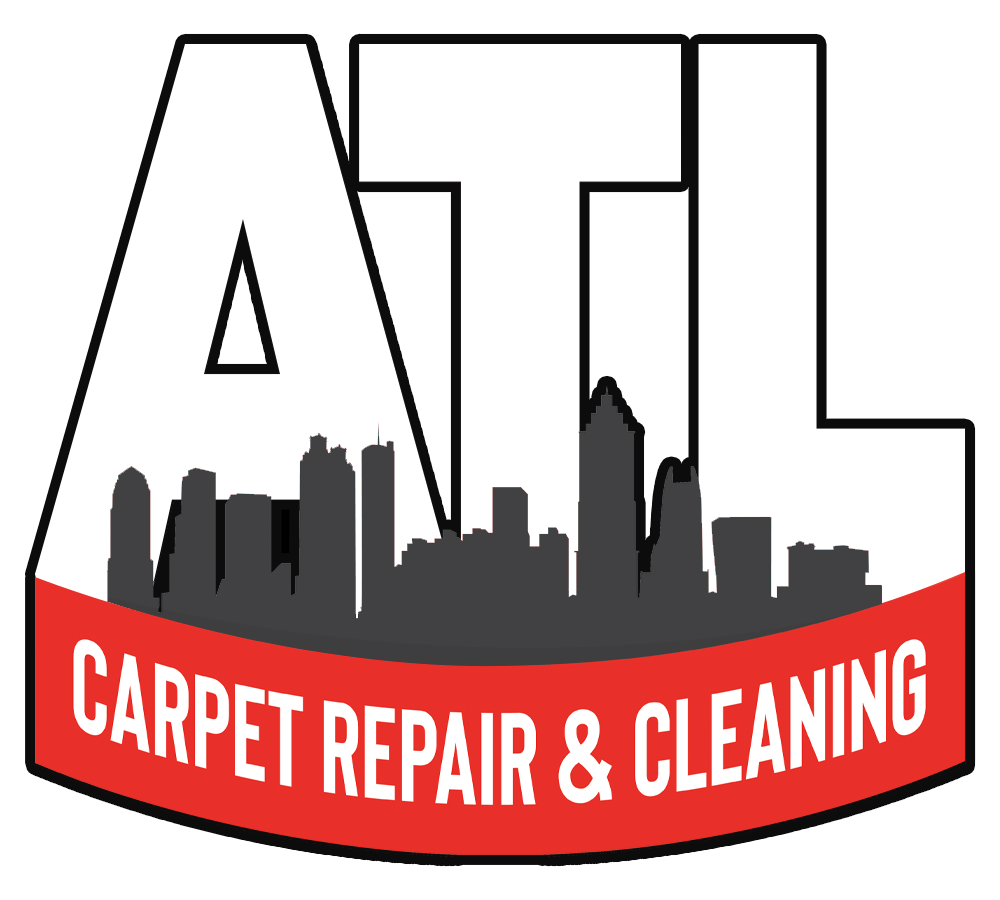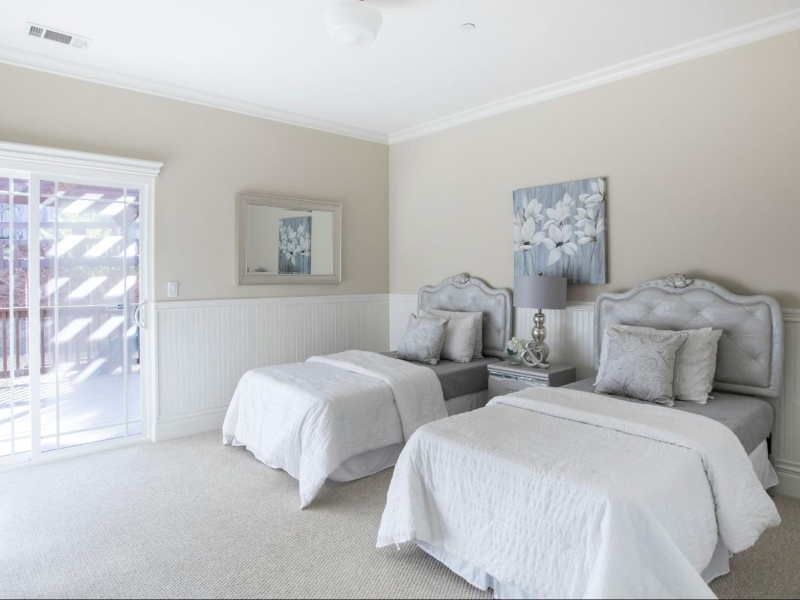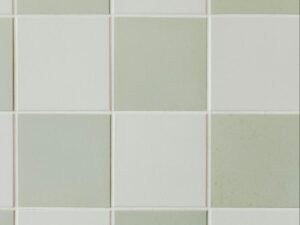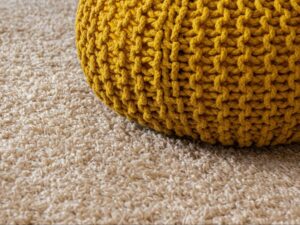Carpet stretching is an essential maintenance task that helps preserve the appearance and longevity of your carpet. Over time, carpets can become loose and develop wrinkles, lumps, or buckles due to various factors such as heavy foot traffic, furniture movement, or improper installation. Stretching your carpet not only improves its aesthetic appeal but also extends its lifespan, enhances safety, and maintains the comfort of your living space. Understanding the cost of carpet stretching and how to budget for this maintenance task is crucial for homeowners and property managers alike. This article delves into the factors affecting carpet stretching costs, the benefits of professional services, and tips for budgeting for carpet maintenance and repairs.
Understanding Carpet Stretching
Carpet stretching involves pulling the carpet taut and re-securing it to the subfloor to eliminate wrinkles and ensure a smooth surface. This process often requires specialized tools such as a power stretcher, knee kicker, and carpet tucker. Professional carpet installers and repair technicians typically perform this task to ensure optimal results.
1. Signs That Your Carpet Needs Stretching
Recognizing the signs that your carpet needs stretching can help you address issues before they worsen. Common indicators include:
- Visible wrinkles, lumps, or buckles on the carpet surface.
- Loose or shifting carpet when walked upon.
- Edges of the carpet lifting or coming away from the walls.
- Uneven or bumpy appearance, especially in high-traffic areas.
Factors Affecting the Cost of Carpet Stretching
Several factors influence the cost of carpet stretching, and understanding these variables can help you budget more effectively for this maintenance task. According to HomeGuide, these factors include:
1. Room Size and Carpet Area
The size of the room and the total carpeted area are primary factors determining the cost of carpet stretching. Larger rooms or homes with extensive carpeted spaces require more time and effort, leading to higher costs.
2. Carpet Condition and Age
The condition and age of your carpet can impact the cost. Older carpets or those with significant wear and tear may require more intensive work, potentially increasing the overall expense.
3. Furniture Removal and Replacement
If your carpeted area has heavy furniture, it may need to be moved before the stretching process. Some professionals include furniture removal in their service, while others charge an additional fee.
4. Accessibility and Complexity
The accessibility of the carpeted area and the complexity of the job can also affect the cost. Carpets in hard-to-reach areas, such as staircases or irregularly shaped rooms, may require additional time and specialized techniques.
5. Geographic Location
Labor costs and service fees can vary significantly based on your geographic location. Urban areas with a higher cost of living may have higher service rates compared to rural or suburban regions.
Average Cost of Carpet Stretching
While the cost of carpet stretching can vary widely based on the factors mentioned above, understanding the average price range can help you budget appropriately.
1. Cost per Room
On average, the cost to stretch a carpet in a single room ranges from $50 to $200. Smaller rooms or those with minimal furniture may fall on the lower end of the spectrum, while larger rooms with more furniture or complex layouts may approach the higher end.
2. Cost per Square Foot
Some professionals charge based on the total square footage of the carpeted area. The average cost per square foot typically ranges from $0.30 to $0.50. For example, stretching a 300-square-foot room could cost between $90 and $150.
3. Additional Costs
- Furniture Moving: If the service includes furniture removal, expect to pay an additional $20 to $50 per room.
- Repairs: If your carpet has damage that needs repair before stretching, this can add $50 to $100 to the total cost.
- Special Areas: Stretching carpet on staircases or irregularly shaped areas may incur additional fees, often ranging from $5 to $10 per step or $1 to $2 per square foot for complex spaces.
Benefits of Professional Carpet Stretching
Hiring a professional for carpet stretching offers several advantages that can justify the investment.
1. Expertise and Experience
Professional carpet technicians have the expertise and experience to ensure the job is done correctly. They are familiar with different carpet types, stretching techniques, and potential challenges, ensuring a high-quality result.
2. Proper Tools and Equipment
Professionals use specialized tools such as power stretchers and knee kickers, which are essential for achieving a taut and smooth carpet surface. These tools are often expensive and not typically available to homeowners.
3. Time and Convenience
DIY carpet stretching can be time-consuming and physically demanding. Hiring a professional saves you time and effort, allowing you to focus on other tasks or enjoy your leisure time.
4. Enhanced Carpet Lifespan
Properly stretched carpets are less likely to develop wrinkles or other issues, which can extend their lifespan. This means you can enjoy your carpet for many more years before needing a replacement.
5. Safety and Comfort
A smooth, well-stretched carpet reduces tripping hazards and provides a more comfortable walking surface, enhancing the overall safety and comfort of your home.
Budgeting for Carpet Maintenance and Repairs
Planning and budgeting for carpet stretching and other maintenance tasks can help you manage costs effectively and ensure your carpet remains in good condition.
1. Regular Inspections
Conduct regular inspections of your carpet to identify signs of wear, wrinkles, or damage early. Addressing issues promptly can prevent them from worsening and becoming more expensive to repair.
2. Scheduled Maintenance
Include carpet stretching as part of your routine maintenance schedule. Depending on the level of foot traffic and other factors, plan for professional stretching every 3 to 5 years.
3. Set Aside Funds
Create a home maintenance budget that includes an allocation for carpet care. Setting aside a small amount each month can help you build a fund to cover the cost of stretching and other repairs when needed.
4. DIY Preventive Measures
Implement preventive measures to minimize the need for frequent stretching. For example:
- Use furniture coasters to prevent heavy furniture from causing indentations.
- Rotate furniture periodically to distribute wear evenly.
- Vacuum regularly to remove dirt and debris that can contribute to carpet wear.
5. Obtain Multiple Quotes
When it’s time to stretch your carpet, obtain quotes from multiple professionals to compare prices and services. This can help you find a reputable technician who offers competitive rates.
Conclusion
Carpet stretching is a vital maintenance task that helps preserve the appearance, safety, and longevity of your carpet. While the cost of professional carpet stretching can vary based on factors such as room size, carpet condition, and geographic location, understanding the average costs and benefits can help you budget effectively. Regular inspections, scheduled maintenance, and preventive measures can minimize the need for frequent stretching and keep your carpet in excellent condition. By investing in professional carpet stretching, you can ensure a smooth, safe, and comfortable living environment for years to come.








